How animals enliven a Swiss senior home
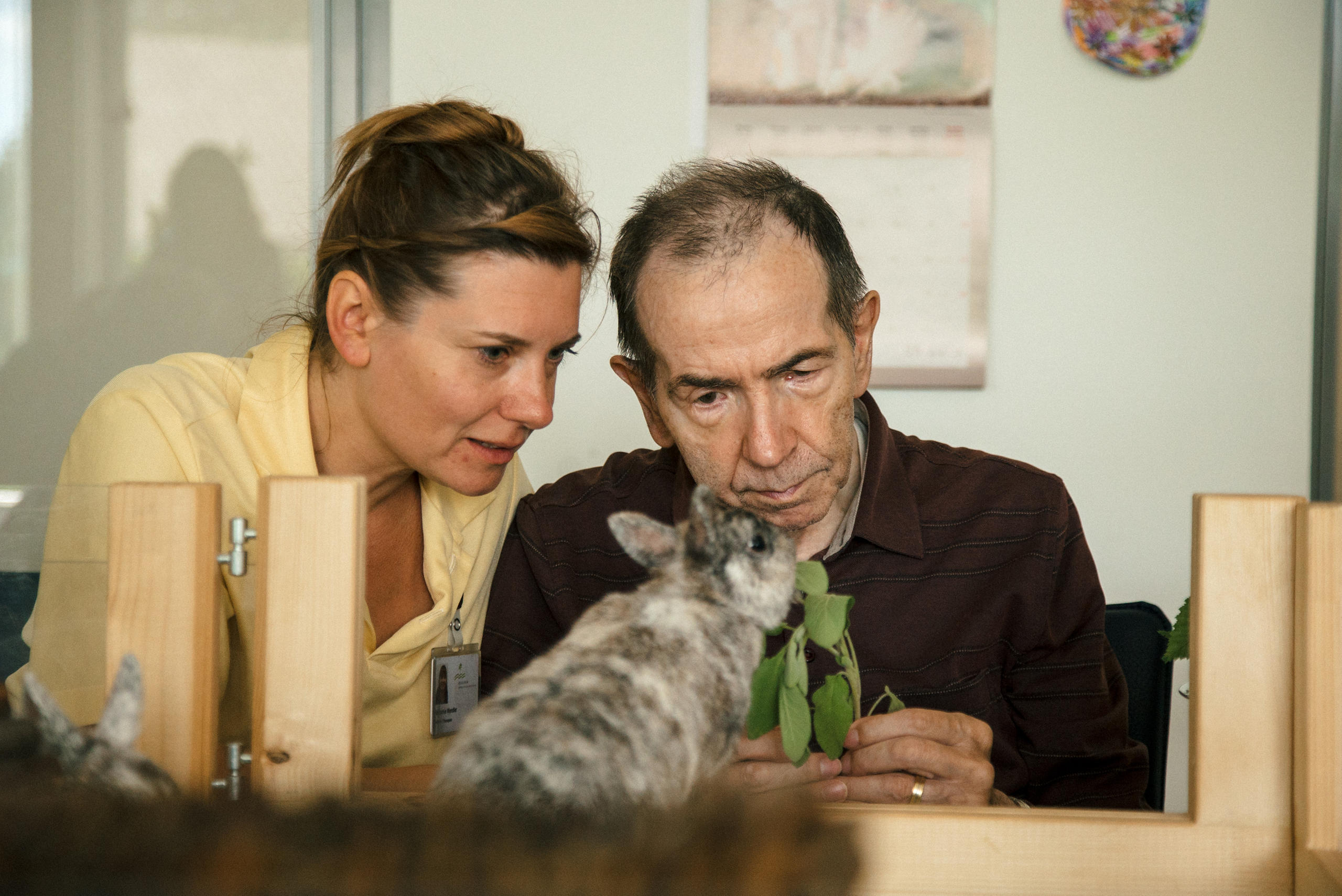
At a Swiss home for seniors, animals boost fitness, jog memories, and facilitate conversation among residents.
Tucked into a kink of the river it’s named after, the ReussparkExternal link senior living facility in Niederwil is about a half-hour drive from Zurich. Flanked by an old convent and surrounded by farmland, it’s a peaceful retreat for residents as well as visitors. For the past 20 years, animals have also been an attraction – originally in the form of a small zoo with European animals.
As the menagerie grew, so did the need for keepers and better housing for the feathered and furry friends. In 2016, the management decided to expand its offer to include animal-assisted therapy – something that nations like the United States, Germany and Austria have been doing for decades.
“Our program is still in its infancy,” says Stefanie Wendler, the director of therapy at Reusspark, noting that their activities mainly involve small animals like rabbits, guinea pigs and chickens.
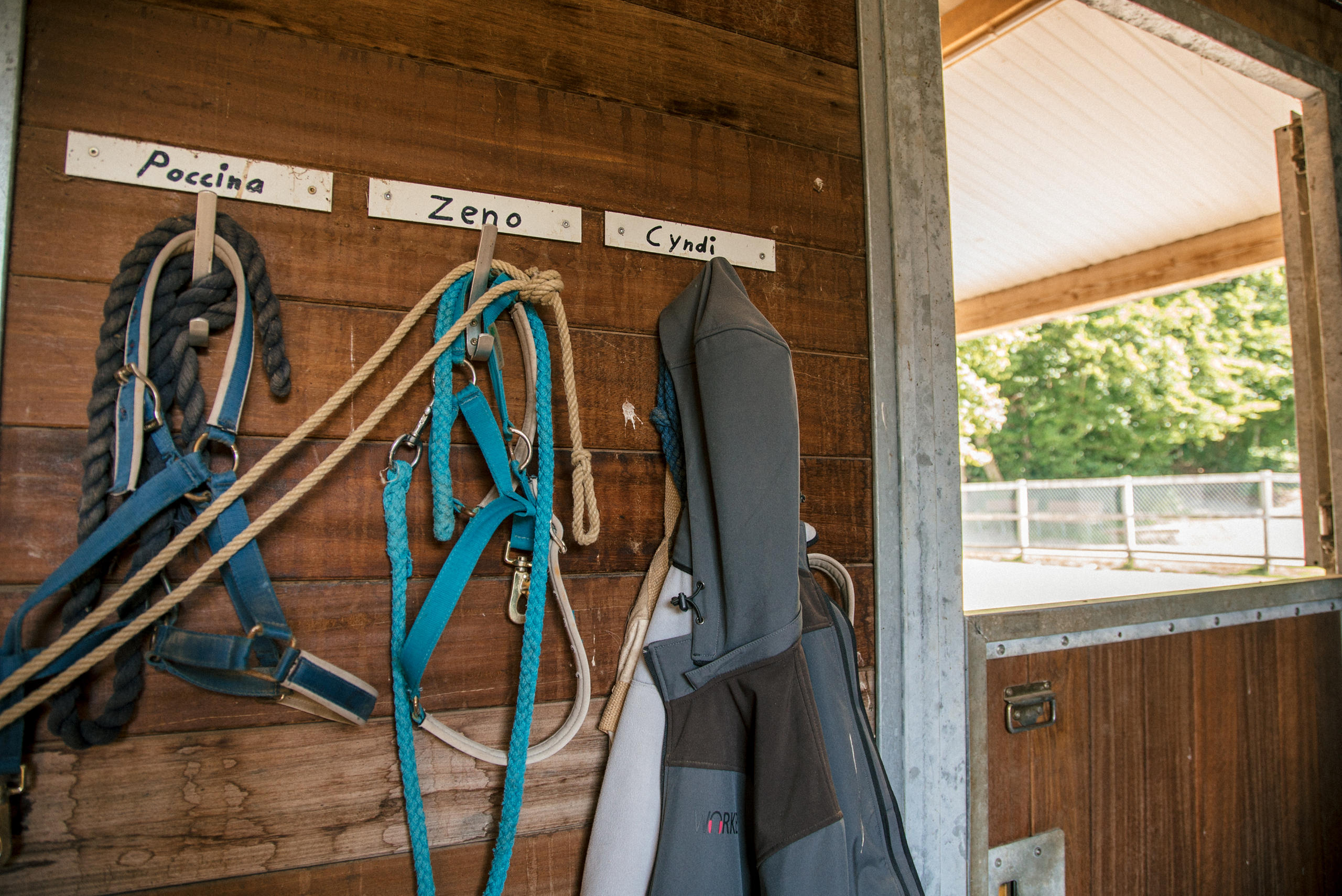
The largest animals are the three stout donkeys, and brushing them – especially amiable Zeno – is a highlight of the week for a man with mental health issues, despite a recent operation on his hand. He arrives at the barn early for his private therapy session.
“The donkey is a sort of attachment figure for him. And I’m hoping that holding the brush will help heal his hand and arm,” says Wendler.
About 300 people live at Reusspark, most of them seniors. Some have conditions like dementia, Parkinson’s or multiple sclerosis. Each week, the home offers 22 individual animal therapy sessions and four group animal activities. There’s always a therapist and an animal keeper on hand to ensure that everyone’s needs are met.
“Animals build bridges where people can’t,” points out Reusspark Director Monica Heinzer. She has a dog that physiotherapists sometimes use to motivate patients – so that people look forward to the therapy. “It’s more fun to brush the dog and give him a treat than it is to grasp a pen or blocks.”
However, it takes a lot of time to help these animals be tame enough, says Heinzer, describing a chicken that was willing to sit on laps and peck at grain. Unfortunately, the hen passed away recently, which means a new one will have to be trained.
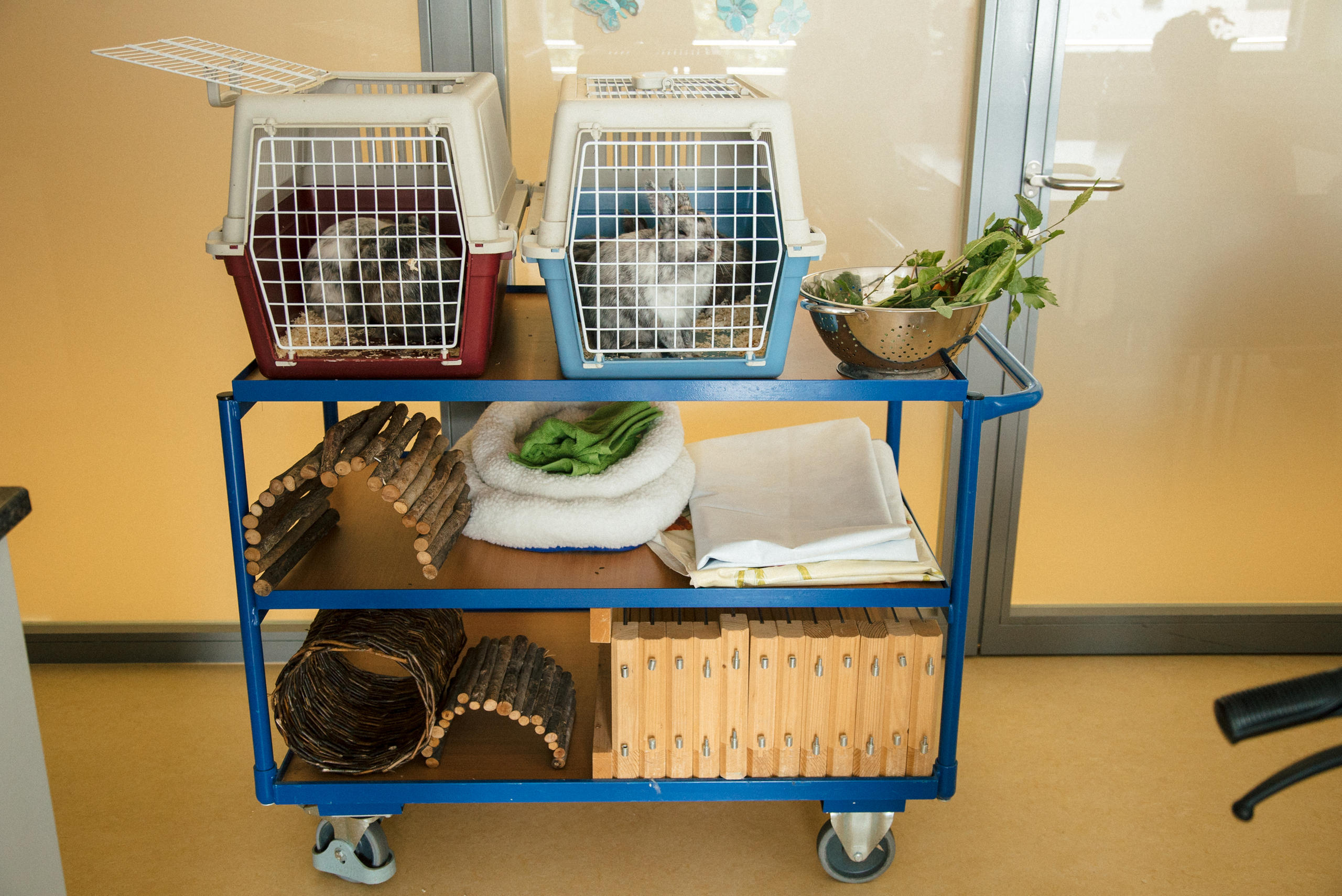
Luckily, the home’s bunnies also enjoy being stroked and fed by hand; six are the focus of a group activity involving five residents. A woman with panda slippers and a carrot-orange manicure selects a stalk of celery to feed the nearest bunny. Wendler asks a man who can’t reach so well whether he’d like to hold a rabbit on his lap.
“If it were a woman he would!” jokes the lady with the celery. The man agrees to take the soft bundle and asks how long rabbits live, to which Conny Trinkl, animal keeper, answers six to eight years. Indeed, the goal of the activity isn’t just feeding and petting, but rather sparking memories and conversation among the patients.
Back in the barn, it’s time to feed the pigs and muck out their stall. It’s clear that the woman is a bit uneasy.
“It’s the dementia; she’s not so confident when she walks, so we’re practicing on different types of surfaces,” explains Wendler, who also guides the woman’s hands as she tosses food to the pigs and attempts to brush them.
The man, who’s still quite fit and strong, steers the wheelbarrow with the encouragement of Trinkl.
There are dogs and cats as well. Some are pets brought in with residents, and others belong to the home.
“Any pets that come in have to like people. Cats are a bit easier, and caretakers look after all of them,” explains Heinzer, noting that there can be no more than three cats per living area. Some employees’ dogs come in, but they go back home in the evening.
Some pets outlive their owners, and some cats seem to know when a resident is close to death.
“Several cats come by when somebody is dying. It’s one of the signs that the nurses can read. I do think there’s something to it,” Heinzer says when asked whether it’s true. “Of course cats go where they’re comfortable, too. The most reliable sign that someone is dying is the experience and gut feeling of the nurse.”
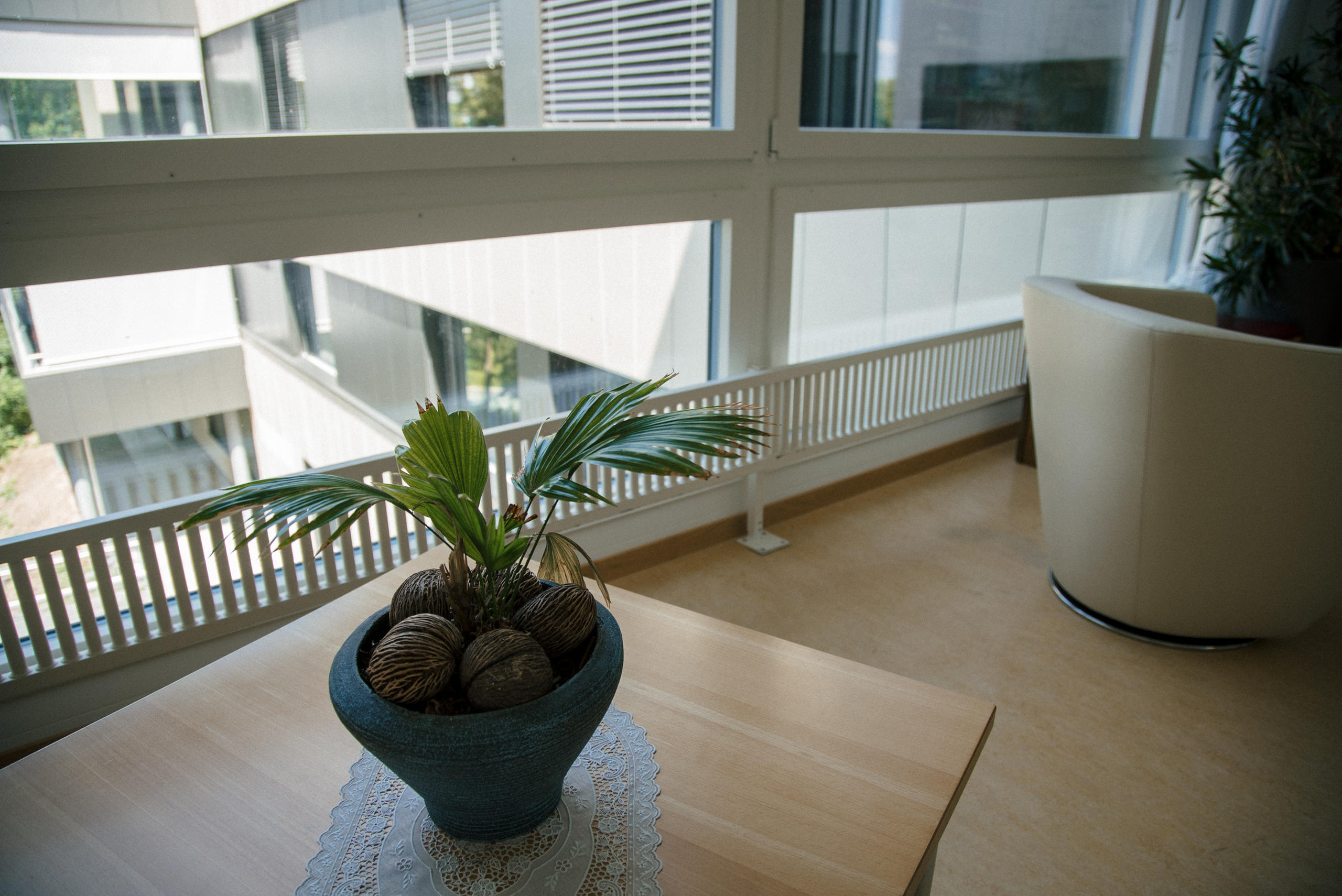
Animals in Swiss care homes
CuravivaExternal link, a Swiss association of care homes, agrees that animals sometimes make better connections with people than other humans do.
“Extensive experience has shown that people with dementia, as well as people with intellectual or multiple disabilities, are calmer and more engaged after animal-assisted therapy,” states Curaviva in its report on therapy with animals.
Swiss Animal ProtectionExternal link also finds that animals have a place in nursing homes, as long as their needs are met. “We strongly support animal-assisted therapy as long as animal welfare is maintained. For example, the animals need rest periods, and very long journeys must be avoided,” Fabienne Häberli told swissinfo.ch.
In its poll of more than 400 senior homesExternal link, Swiss Animal Protection found that 82% of the homes had animal residents – including many pet cats brought in with the patients.

In compliance with the JTI standards
More: SWI swissinfo.ch certified by the Journalism Trust Initiative










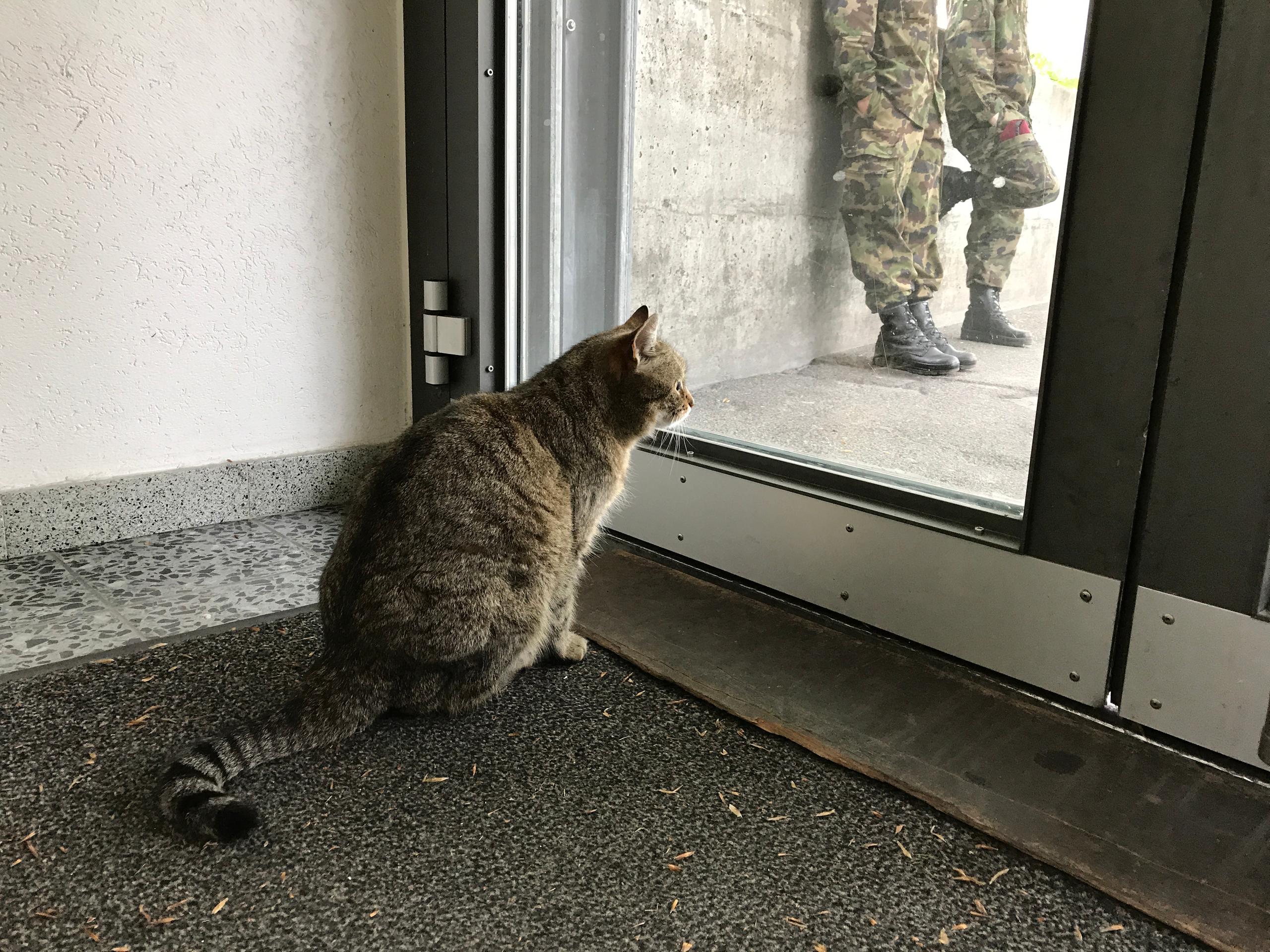
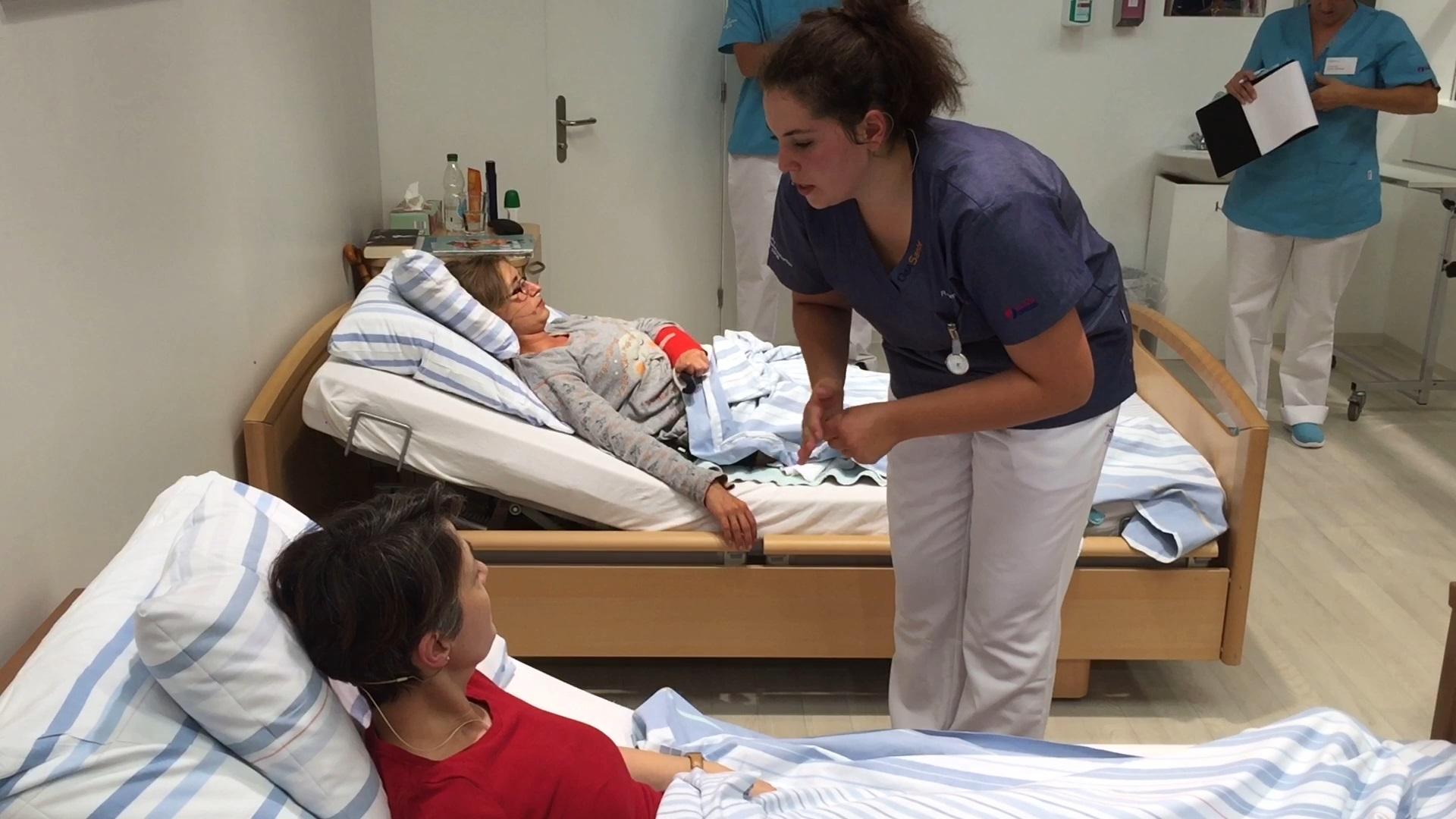
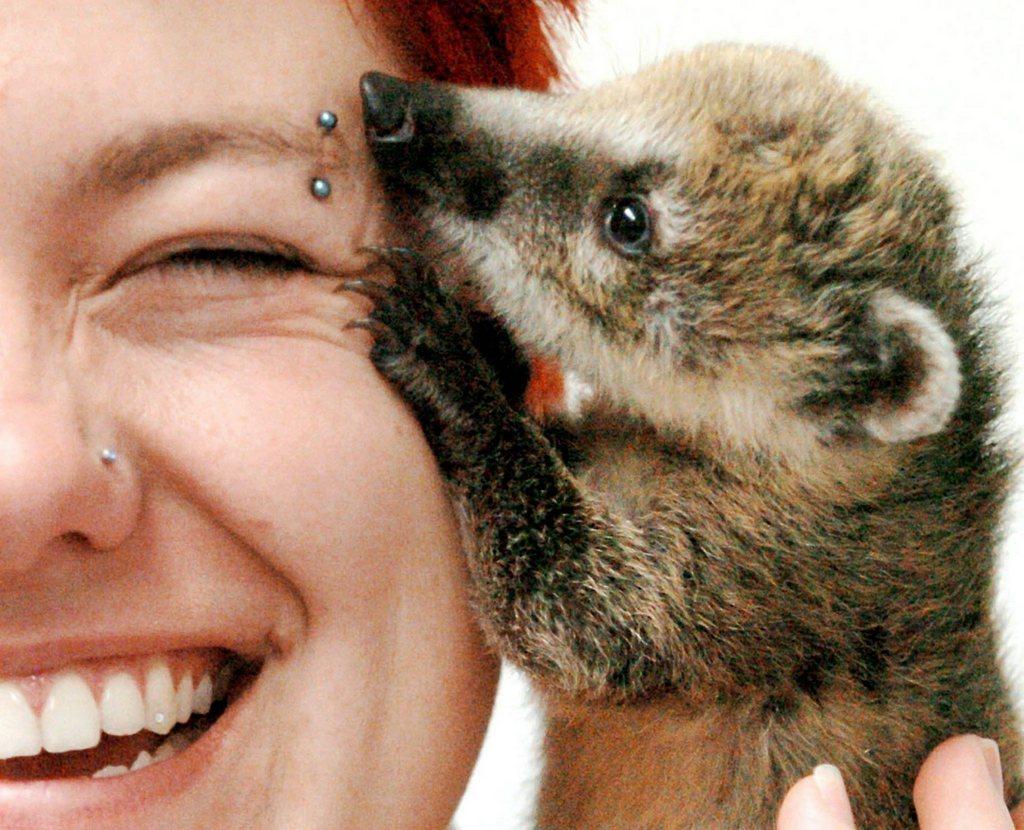
You can find an overview of ongoing debates with our journalists here . Please join us!
If you want to start a conversation about a topic raised in this article or want to report factual errors, email us at english@swissinfo.ch.